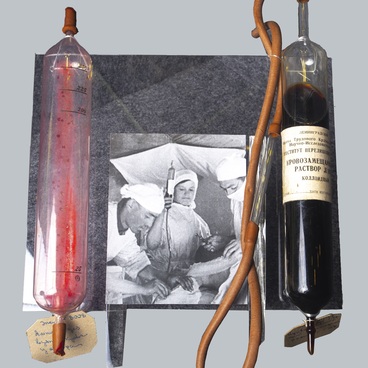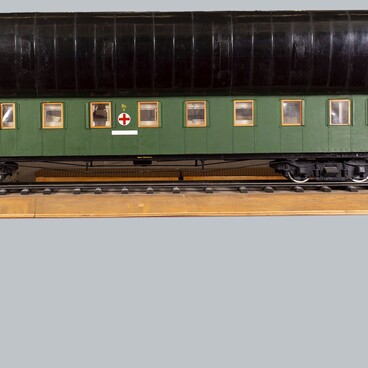“Soap K” is a mixture of bisethylxanthogen and lye soap in equal proportions. In its pure form, bisethylxanthogen is a yellow oily liquid with a distinctive odor, which crystallizes when cooled.
“Soap K” was the first synthetic insecticide to be introduced into medical practice. It was invented in 1938 and used in the form of 1.5–4.5 percent water emulsion to control parasitic insects.
In field conditions, during the bloody battles of the Great Patriotic War, “Soap K” was used to kill body lice. One bucket of a two-percent emulsion was used to soak 12 pairs of undergarments for 15 minutes.
The emulsion solution was prepared using water at 35–40°C, because at higher temperatures, the “Soap K” concentrate evaporated, and its effect was weakened. For the same reason, it was recommended not to keep clothes soaked with “Soap K” in the sun or press them with a hot iron.
When it was necessary to disinfect stretchers or other similar items, spray guns or brushes soaked with “Soap K” were used. With the help of this product, rooms and furnishings were cleaned of lice and bedbugs. In addition, bandages were soaked with this product when plaster casts were applied in poor sanitary conditions.
“Soap K” was praised for its efficiency and prolonged action, while the persistent unpleasant odor was considered a disadvantage. During the Great Patriotic War, the fight against parasitic insects carrying dangerous infectious diseases at the frontline and in the rear became one of the most important tasks of public health and epidemiology services.
The comprehensive epidemic control measures included vaccination, bath and laundry trains, decontamination shower facilities, delousing facilities, and, of course, “Soap K”. These measures prevented a typhus epidemic at the front and in the rear during the Great Patriotic War.
After “Soap K”, other insecticides were invented. They were obtained by chlorination of turpentine. However, even with the appearance of new products in the Soviet Union, “Soap K” remained in production.
“Soap K” was the first synthetic insecticide to be introduced into medical practice. It was invented in 1938 and used in the form of 1.5–4.5 percent water emulsion to control parasitic insects.
In field conditions, during the bloody battles of the Great Patriotic War, “Soap K” was used to kill body lice. One bucket of a two-percent emulsion was used to soak 12 pairs of undergarments for 15 minutes.
The emulsion solution was prepared using water at 35–40°C, because at higher temperatures, the “Soap K” concentrate evaporated, and its effect was weakened. For the same reason, it was recommended not to keep clothes soaked with “Soap K” in the sun or press them with a hot iron.
When it was necessary to disinfect stretchers or other similar items, spray guns or brushes soaked with “Soap K” were used. With the help of this product, rooms and furnishings were cleaned of lice and bedbugs. In addition, bandages were soaked with this product when plaster casts were applied in poor sanitary conditions.
“Soap K” was praised for its efficiency and prolonged action, while the persistent unpleasant odor was considered a disadvantage. During the Great Patriotic War, the fight against parasitic insects carrying dangerous infectious diseases at the frontline and in the rear became one of the most important tasks of public health and epidemiology services.
The comprehensive epidemic control measures included vaccination, bath and laundry trains, decontamination shower facilities, delousing facilities, and, of course, “Soap K”. These measures prevented a typhus epidemic at the front and in the rear during the Great Patriotic War.
After “Soap K”, other insecticides were invented. They were obtained by chlorination of turpentine. However, even with the appearance of new products in the Soviet Union, “Soap K” remained in production.


